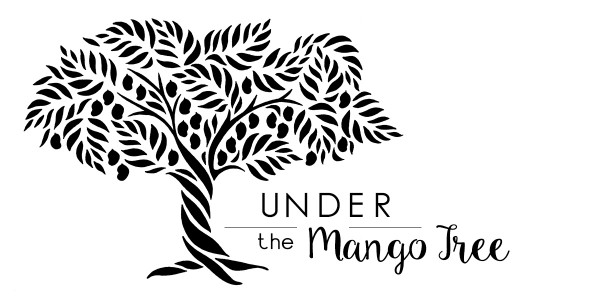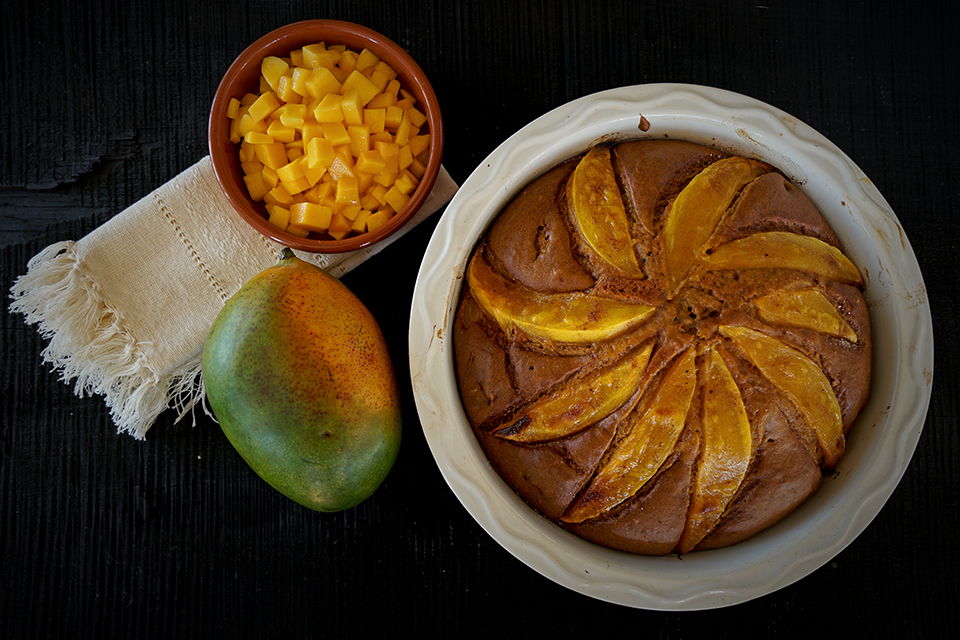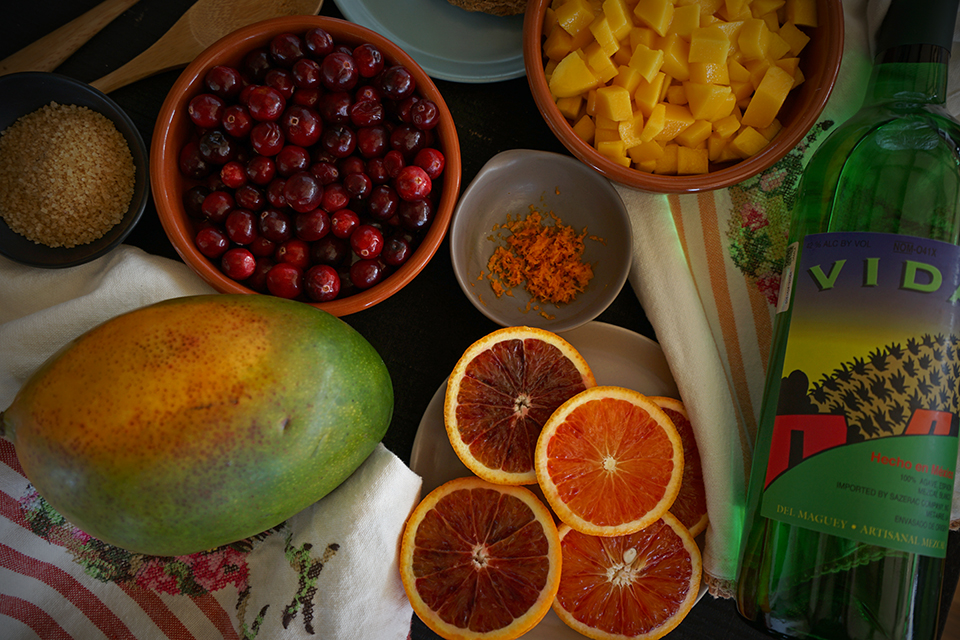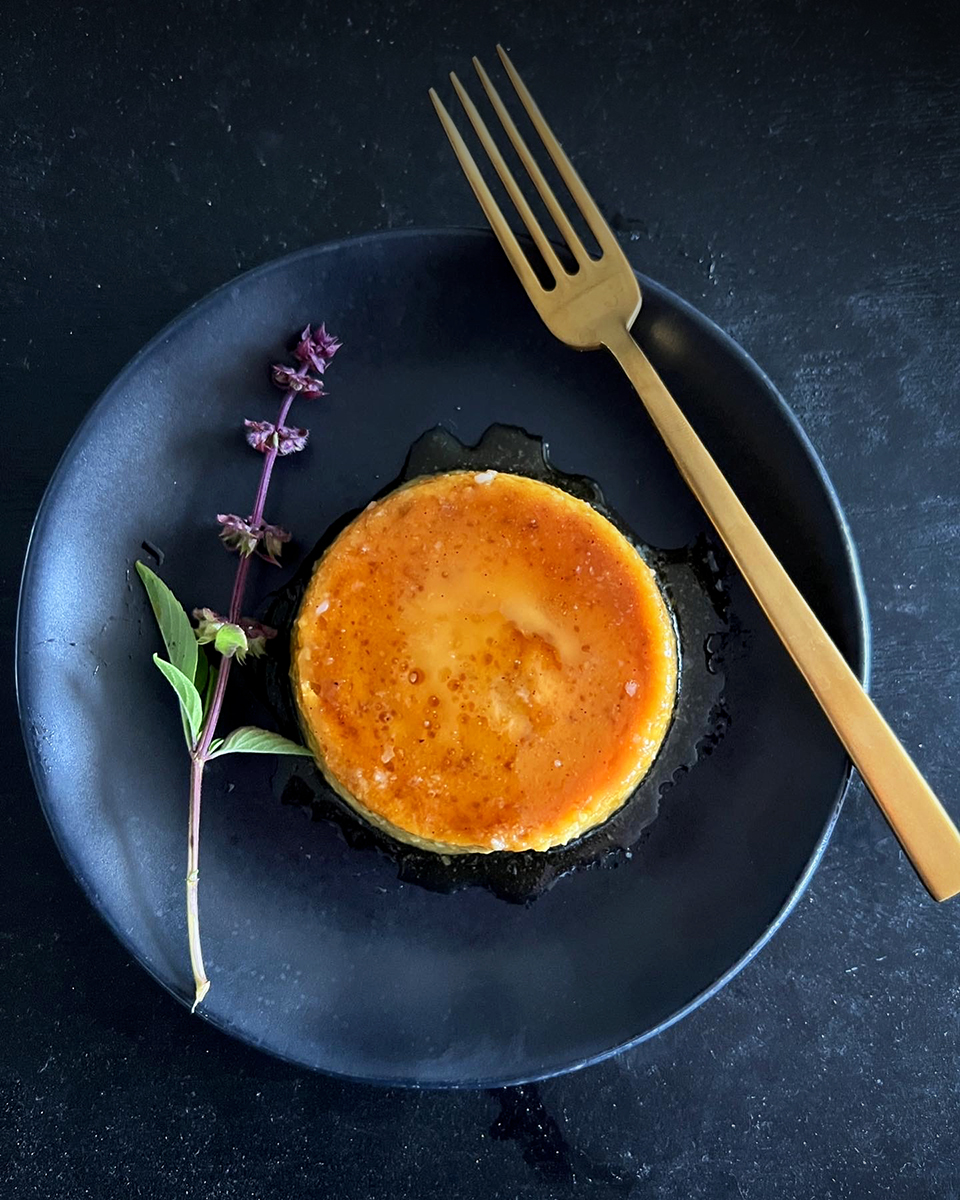The Art & Science of Fall Flavored Fruit
Every season the same pressure shows up from the commodity side of the mango world: push mangoes into Thanksgiving, push them anywhere they’ll fit, push them into any available crack of the holiday table simply because something has to be sold. But what if we sold more by understanding the fruit better? What if more fall mango sales came from teaching people how mangoes naturally move warm — how their chemistry, when cooked, leans into the foods we crave this time of year? What if we paired science and real culinary expertise with the farmers growing flavor-filled fruit?
Decades of leading culinary education have shown me how farmers and eaters can align around long-term sustainable goals: farming communities prospering, and eaters getting fresh, healthy, flavorful fruit they can learn and evolve with. That tandem relationship shapes everything I do. When we value that connection — truly value it — the fruit becomes more valuable. Farmers grow better, consumers cook better, and curiosity expands: more learning, more evolving, more creating. That connection, paired with real, useful mango-ed kitchen skills, is what actually sells more mangoes — it delivers more #MangoJoy.
I’m not convinced we should have — or eat — anything year-round, especially en masse. But I am convinced mangoes have a rightful place on the fall Thanksgiving table, a place they earned only after I learned to cook with them and saw how science shifts their sunny, tropical disposition into something warmer, deeper, more foraged in feeling. This isn’t marketing. It’s science.
And more than that — it’s real culinary expertise. The kind that comes from cooking with mangoes again and again: tasting, adjusting, messing up, learning what makes them shine and what makes them fall flat. Commodity boards don’t teach flavor or ripeness nuance; they care about volume. But volume without understanding nuance is the cart before the horse. What we need is real insight across the chain — growers, cooks, eaters — learning alongside the fruit itself. When people use mangoes with intention, they eat more because they know how, because they trust the farmers and the fruit in all its stages, and trust themselves with it.
That’s the real point of putting mangoes on the Thanksgiving table: not to hit a quota, but because once people learn how to coax out their warm, fall-leaning qualities, the mango deepens the food, the gathering, and the season itself — a circular, sustainable loop that benefits all.
Here’s The Science (And The Art)
Everyone sees mangoes as bright, sunny, tropical — and they are — but few understand how easily that brightness can be coaxed into warmth. The fall tone people crave doesn’t come from forcing mangoes into holiday recipes (like chunks tossed in Brussels sprouts). It comes from what heat does to the fruit.
Cooked mango — or mango purée — changes structure and flavor. Its sugars deepen, its perfume shifts from tropical to earthy, and it takes on that cozy, amber caramel quality that makes roasted sweet potatoes, pumpkin pie, and browned butter feel like fall. That shift isn’t conceptual — it’s the science of what actually happens in the “pan”.
My Mango Milk Candy article is the simplest proof. Mango + milk shouldn’t taste autumnal, yet it does because long, slow cooking triggers caramelization and the Maillard effect. Mango has both sugars and amino acids; heat brings them together and transforms them. The fruit darkens, thickens, rounds out. The tropical edges fall back and warm, toffee-like notes come forward. The same thing happens when mango is reduced into syrups, simmered with cranberries, cooked into butterscotch, or baked into batters. My early Mango Caramel recipes were my first steps down this warm path.
You taste this shift in my Cranberry Blood Orange Mango Syrup — the bright citrus top notes mellow into something fuller. You taste it in Smoky & Spicy Mango Cranberry Sauce — the mango holding long enough to merge with heat and smoke. You taste it in Maple & Mango Spiced Sweet Potatoes — the mango sugars melting into maple so seamlessly you can’t quite separate them, except for that sudden spark of aliveness.
This molecular process opened a new gateway for me, and I hope it opens one for others. Once people understand this, we’ll see fewer hot mango chunks in places they don’t belong — just like no one should toss mango chunks into roasted Brussels sprouts, an herbaceous mango glaze makes more sense, letting the sugars in the mango brushed up against the Brussels caramelize deeper and yielding a bright-on-bright earthiness I love. Cooking mangoes is really just letting mangoes become their warmer selves through cooking, the same way everything on a fall table gains depth through heat.
My Mango Pie Spice and Fall Mango Purée can accentuate your fall perfectly. Cinnamon, cardamom, black pepper, nutmeg, ginger, allspice — they don’t overwhelm mango; they anchor it in fall while giving it a new flavor language. Fall Mango Purée amplifies the caramelization and Maillard shift — ready to deepen sauces, slip into glazes, fold into batters, and carry those subtle warm sugar-caramel undertones that make fall food taste like itself. It also makes an alternative to a pumpkin pie and the most amazing warm Spiced Mango Pumpkin Cake. Keep a jar in the fridge, like I love to do year round, only shift the seasons to the season, for fall is the Mango Pie Spice.




